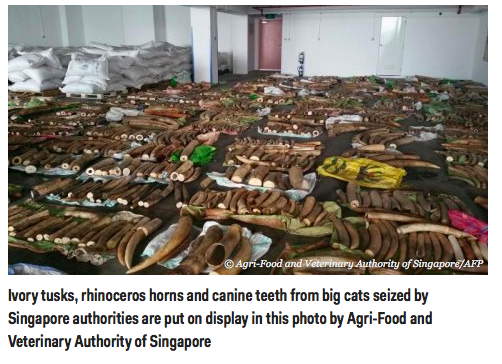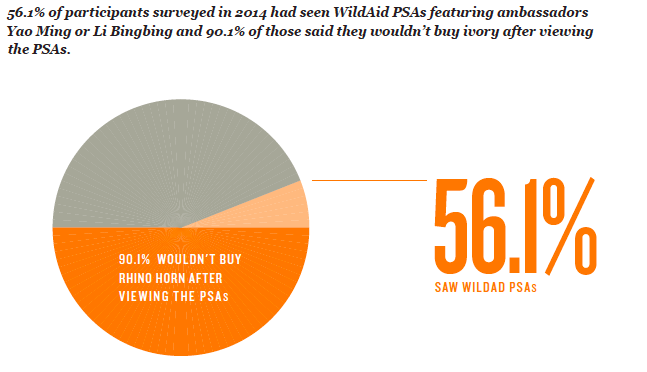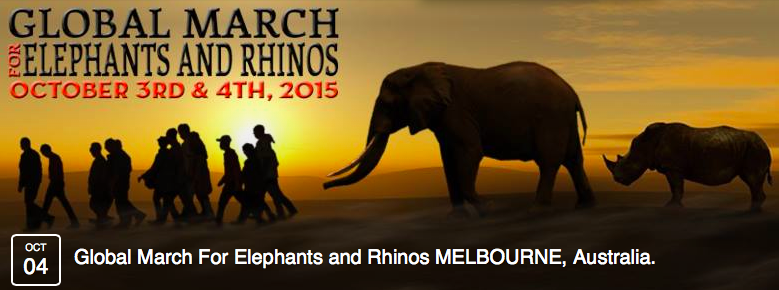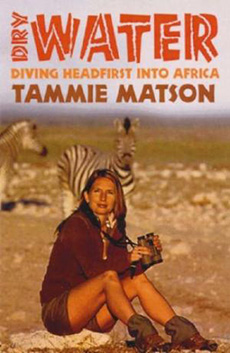Big News in the Elephant World
In the world of elephants, it’s not often that you see conservationists celebrating. President Xi Jinping of China’s announcement on Friday last week that China will join the USA in enacting near total bans on domestic ivory trade is… I think… worth cracking the bubbly over. We don’t entirely know the detail yet, and there is no timeline, other than what was in the White House’s statement, which includes agreement between China and the USA to work together in “joint training, technical exchanges, information sharing and public education”. But this could be a winning combination.
It will of course take some time to see the effects of these Presidents’ commitments, but this is definitely a big step in the right direction and with President Xi Jinping publicly declaring his support, surely this should make it a priority for Chinese policy. This is most significant because China is the world’s largest consumer country for ivory, representing about 70% of the trade, with the USA coming in second. With these two Presidents clearly stating their position that ivory trade will not be tolerated, this sets a precedent that other countries can now follow. Other south east Asian countries like Malaysia, Vietnam, Philippines, Singapore, Hong Kong and Thailand, also play key roles in the illegal trade, either as consumers or transit countries for illegal ivory.
In the last year or so we’ve seen several big players in the ivory trade undertake ivory stockpile crushings (the governments of the Philippines, Hong Kong, the US and China being a few). While this doesn’t really do anything to stop the trade, it does send a strong message that these governments are committed to ending the bloody illegal ivory trade.
Is the world turning a corner when it comes to ivory trade? Is the whirlwind of awareness raising starting to cut through in key consumer and transit countries for ivory? And most importantly, how long will it take for this to make a difference for elephants? Personally, I won’t be really celebrating until we start to see real population trends for elephants in the wild start to improve, and that’s certainly not happening yet. It was only a very short time ago that both Mozambique and Tanzania reported that at least half of their elephant populations have been poached in the last 5 years. Today, I feel cautiously optimistic, but we do need to keep the momentum up.
As I’m about to fly to Singapore and Melbourne for a week of talks on elephants, I’ve been investigating what the Singapore and Australian governments are doing to stop illegal ivory trade. In May this year, Singapore Customs seized their biggest illegal haul in over a decade, including $6 million worth of ivory. But we have yet to see any significant government ivory-related statements from either Singapore or Australia. When I met with Singaporean authorities last year to discuss this issue, I was informed that the Lion City would be crushing its official ivory stockpile shortly, but I haven’t heard anything since. In addition, with the strong influence that both southern hemisphere powerhouses have over other countries in Asia, particularly those that are struggling to get on top of this problem, I think both countries could do more to help this problem by exerting their influence in the region. It’d be great to see support from the governments of Australia and Singapore for countries like the Philippines and Thailand, to help them in the fight against illegal wildlife trade.
We know from the latest CITES report that the level of poaching of elephants is still unsustainable (and has been since 2008) – see the graph below. Anything above the red line is unsustainable (measured against natural population growth rates).
So elephants are far from being out of the woods. However, in addition to last Friday’s announcement from the White House, what also gives me some hope is that Wild Aid is starting to demonstrate some significant results from their Public Service Announcements in China, featuring the likes of David Beckham, Prince William and Chinese basketball player, Yao Ming, for both ivory and rhino horn. Wild Aid’s assessments suggest that awareness of this issue in China is improving (comparing 2012 to 2014), with a 51% increase in people surveyed realising that poaching is a problem and 90% of those who had seen the PSAs saying they would not buy ivory as a result. Read the report here.
Around the world on Sunday 4th October, hundreds of thousands of elephant- and rhino-lovers will congregate at the March For Elephants and Rhinos in 130+ cities. I’ll be marching and speaking at the Melbourne one, which has over 500 people coming. Melbourne residents can sign up to the march on Facebook. Anyone can sign the petition put together by the March organisers to encourage the Australian government to go further – click here to sign.
For those who want to learn more about the illegal ivory trade, please also come to watch the ‘Let Elephants Be Elephants‘ film and hear the latest from me on elephants the day before in Melbourne (this Saturday at 11am). You can RSVP here (where there are also full details of time and venue on Saturday). Singaporeans can join my talk at the Botanical Gardens this Friday at 4pm (full details here). It’s never been so important to keep the momentum up and show the world that we care about elephants and rhinos and will not stand by while they perish on our watch. Let’s all stand together and encourage all governments to follow the lead of China and the USA and commit to ending the illegal ivory trade!
Kenya, elephants & ivory
In all my years of running around Africa, I haven’t yet made it to Kenya, the country that so many people associate Africa with (think Karen Blixen and “Out of Africa”)… I’m very excited to say that the time has finally come! (more…)







